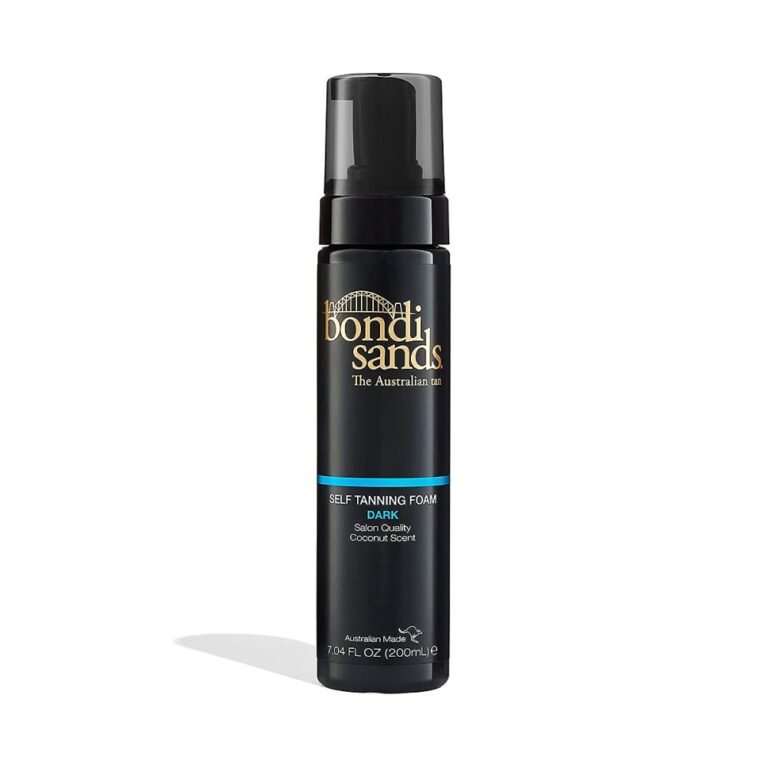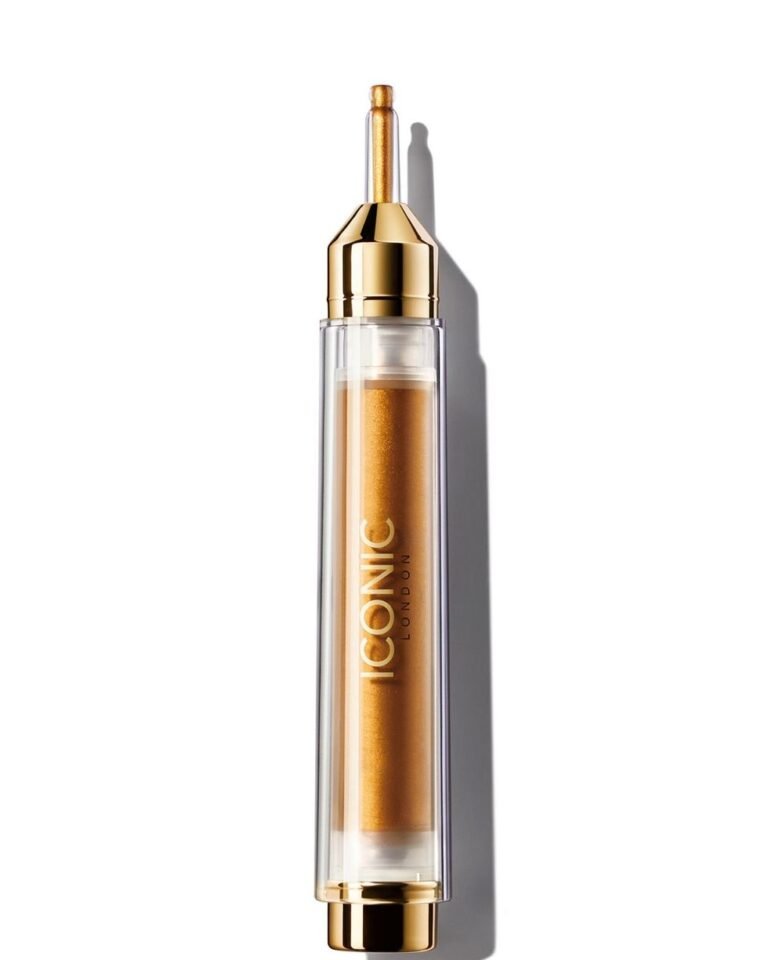Ombré 101: Ombré vs. Balayage and Benefits of Ombré Hair

Introduction
Ombré hair color has become a popular technique in the world of hairstyling, offering a unique and trendy look that can be customized to suit any individual’s style. In this article, we will delve into the definition and origin of ombré hair color, explore the difference between ombré and balayage, highlight the benefits of choosing ombré as your go-to hair color style, and provide tips on how to achieve and maintain the perfect ombré look.
Ombré hair color is a technique where the hair transitions from darker shades at the roots to lighter shades towards the ends, creating a gradient effect. The term “ombré” is derived from the French word meaning shaded or shading, perfectly capturing the essence of this hair color trend. It offers a seamless blend of colors that adds depth and dimension to your locks.
The significance of ombré in hairstyling lies in its versatility and ability to suit various preferences. Whether you desire a natural sun-kissed effect or a bold and vibrant transformation, ombré can be tailored to match your desired look. This technique has gained popularity due to its low-maintenance nature and forgiving grow-out phase.
By exploring the world of ombré hair color, you will gain insights into how this technique can enhance your style and boost your confidence. So whether you’re a hair enthusiast or someone considering trying out this trendy color technique, read on to become an ombré expert!
What is Ombré Hair Color?
Ombré hair color is a shading technique that creates a seamless gradient from darker roots to lighter ends. It is a popular and versatile hair coloring method that has gained widespread popularity for its effortless, low-maintenance appeal. The term “ombré” is derived from the French word meaning shaded or shading, perfectly encapsulating the gradual transition of colors in this hair coloring style.
Meaning and Concept of Ombré Hair Color
Ombré hair color involves darkening the roots and gradually lightening the strands towards the tips, creating a natural-looking transition between shades. This technique aims to mimic the way hair naturally lightens in the sun, resulting in a sun-kissed effect.
Characteristics of a Well-executed Ombré Look
A well-executed ombré look seamlessly blends the different color tones, creating a soft and gradual transition. It avoids any harsh lines or stark contrasts between the root color and the lighter hues, achieving a beautifully blended appearance.
When comparing ombré with traditional full-head hair coloring techniques, the key distinctions lie in color placement and blending. Unlike traditional full-head color where the entire head is dyed in one uniform shade, ombré focuses on creating a subtle shift from dark to light, typically starting at the mid-lengths or lower.
It’s essential to note that while ombré can be achieved with various colors, it traditionally involves transitioning from a natural base color to a lighter shade, often blonde or caramel tones. This technique offers versatility and allows individuals to experiment with different color combinations while maintaining a natural-looking result.
Ombré hair color represents an artistic expression of dimension and depth within one’s hair, providing a visually striking yet effortlessly elegant appearance.
Ombré vs. Balayage: Decoding the Difference
In this section, we will address a common source of confusion for many people – the difference between ombré and balayage. While they are both popular choices for achieving dimension in hair color, there are key distinctions that need to be understood.
Before we dive into the details, let’s first establish what balayage is and how it compares to the ombré technique.
Definition and Characteristics of Balayage
Balayage is a French term that means “to sweep” or “to paint.” It involves hand-painting highlights onto the hair to create a natural, sun-kissed look. The technique typically starts with darker roots and gradually transitions to lighter ends, similar to ombré. However, balayage focuses on creating soft, blended highlights throughout the hair, rather than a distinct dark-to-light gradient.
Similarities and Differences Between Ombré and Balayage
While both ombré and balayage involve a gradual transition from dark to light, they differ in their application and overall look:
- Color Placement: In an ombré, the color transition is more defined and concentrated towards the ends of the hair, creating a more noticeable contrast between the roots and tips. On the other hand, balayage highlights are strategically placed throughout the hair to mimic natural sun exposure, resulting in a softer and more diffused effect.
- Blending Technique: Ombré typically features a more abrupt transition between colors, while balayage uses a freehand painting technique to seamlessly blend highlights with the base color. This results in a more subtle and natural-looking finish.
Pros and Cons of Each Approach
Ombré and balayage offer distinct advantages and considerations:
Ombré
Pros
- Creates a bold contrast for a high-impact look
- Low-maintenance as regrowth is less noticeable
Cons
- Requires more frequent touch-ups for maintaining color contrast
- May not suit those seeking a subtle transition
Balayage
Pros
- Delivers a seamless, sun-kissed effect
- Grows out gracefully with minimal demarcation lines
Cons
- Initial cost may be higher due to intricate hand-painting technique
- May not achieve as dramatic a contrast as ombré
Understanding these differences can help you make an informed decision when choosing between ombré and balayage for your next hair color transformation.
For further insights into the world of hair color techniques, you can also refer to this helpful hair terms glossary.
The Advantages of Choosing Ombré Hair Color
Ombré hair color continues to be a popular choice among individuals of all ages and styles. Understanding its benefits can help you decide if it’s the right look for you.
1. Low-maintenance nature of ombré hair color
One of the biggest advantages of choosing ombré hair color is its low-maintenance nature. Unlike traditional full-head hair coloring techniques that require frequent touch-ups to maintain the color and hide regrowth, ombré allows for a more natural and gradual transition between colors.
- As your hair grows out, there won’t be any harsh lines or noticeable regrowth at the roots.
- This not only saves you time and money on salon visits but also gives you the freedom to go longer between touch-ups.
2. Versatility in achieving both natural and bold looks
Ombré hair color offers a great deal of versatility when it comes to achieving different looks. Whether you want a subtle, sun-kissed effect or a more dramatic contrast between colors, ombré can be customized to suit your preferences.
- By choosing different shades and gradients, you can create a natural-looking effect that mimics how the sun naturally lightens hair over time.
- If you’re feeling bold and adventurous, you can opt for vibrant or unconventional colors for a unique and eye-catching style.
3. Enhancement of hair texture and dimension
Another benefit of choosing ombré hair color is that it enhances the texture and dimension of your hair. By incorporating different shades into your hair, whether they are lighter or darker than your natural color, you can add depth and dimension to your locks.
- This can make your hair appear fuller and more voluminous, adding a touch of glamour to your overall look.
- Additionally, ombré can also help accentuate certain hairstyles and haircut features by adding visual interest and definition.
In summary, the advantages of choosing ombré hair color are:
- Its low-maintenance nature
- Versatility in achieving natural or bold looks
- Enhancement of hair texture and dimension
Whether you’re looking for a subtle change or a more dramatic transformation, ombré can provide you with a stunning and unique result. If you want to add even more length and volume to your hair, you can consider using hair extensions to achieve your desired look.
Achieving and Maintaining the Perfect Ombré Look
Now that you know what ombré is and why it’s a popular hair coloring technique, let’s dive into how you can actually achieve and maintain the perfect ombré look. Whether you’re planning to get it done at a salon or trying it out at home, it’s important to understand the process and choices involved. Here’s what we’ll cover:
- Professional vs. at-home application methods
- Steps to achieve a seamless ombré effect on your hair
Professional vs. At-Home Application Methods
Professional Application
Getting your ombré hair color done by a professional can give you a flawless and personalized result. An experienced colorist will assess your hair type, texture, and current color to create a custom ombré look that suits you.
Advantages of Professional Application
- Expertise: Professional colorists know how to blend colors seamlessly, ensuring a natural transition from dark to light.
- Customization: They can tailor the ombré technique to match your personal style and preferences.
- Quality Products: Salons use high-quality hair coloring products that lead to better results and longer-lasting color.
“A skilled colorist can transform your hair with their expertise, giving you an ombré look that turns heads wherever you go.” – Hair Enthusiast Magazine
If you’re considering professional application, it’s essential to find a reputable salon with experienced colorists who specialize in ombré techniques. This ensures that you achieve the best possible outcome for your desired look.
At-Home Application
If you’re feeling adventurous and want to try doing ombré yourself, it’s possible to do it at home. However, there are some things you should keep in mind before taking the plunge.
Considerations for At-Home Application
- Research: Take the time to watch tutorials and read guides on ombré hair coloring techniques before starting.
- Patience: Achieving a smooth color transition takes time and precision, especially when working with bleach or lightening agents.
- Safety: Always use protective gloves and follow all product instructions carefully to minimize damage to your hair.
“Ombré can be a fun DIY project, but remember to proceed with caution and be prepared for some trial and error along the way.” – Hair Enthusiast Magazine
Steps to Achieve a Seamless Ombré Effect on Your Hair
Professional Application Steps
- Consultation: Talk to a professional colorist about the ombré look you want and listen to their suggestions based on your hair’s condition and your lifestyle.
- Color Blending: The colorist will skillfully mix the darker root shade with lighter tones towards the ends, creating a gradual transition for a natural look.
- Treatment: After coloring, they may apply a nourishing treatment to keep your hair healthy and enhance its shine.
At-Home Application Steps
- Sectioning: Divide your hair into manageable sections using clips or hair ties, starting from the bottom layers and working your way up. This will make it easier to apply the color evenly.
- Bleaching Technique: Carefully apply bleach or a lightening product from the middle of your hair lengths to
How Long Can You Expect Your Ombré Hair Color to Last?
One common concern with any hair color style is its durability. In this section, we will discuss the factors that influence the longevity of ombré hair color and share advice on how to make it stay vibrant for as long as possible. While ombré does have a naturally blended look that can be forgiving as it grows out, periodic maintenance is still necessary to keep it looking its best. Let’s explore the key points related to the duration and maintenance of ombré hair color.
Factors Affecting the Lifespan of Ombré Hair Color
The duration of your ombré hair color depends on several factors:
- Color Contrast: The greater the contrast between your natural hair color and the lighter ends, the more noticeable the regrowth will be. If you opt for a subtle transition, your ombré can last longer without requiring touch-ups.
- Hair Growth Rate: Since ombré involves a gradual color transition, it can grow out gracefully without obvious roots. The rate at which your hair grows will determine how often you need touch-up appointments.
- Hair Care Routine: The way you care for your hair after coloring plays a significant role in maintaining the vibrancy and longevity of your ombré look. Using gentle shampoos and conditioners specifically formulated for colored hair like those recommended by experts on Reddit can help prevent fading. Additionally, avoiding overwashing, protecting from heat styling using heat protectants mentioned in this insightful Quora post, and using sulfate-free products can all contribute to maintaining the vibrancy of your ombré.
Maintenance Visits for Touch-Ups or Adjustments
While ombré is known for its low-maintenance nature, some maintenance visits are still necessary to keep your hair looking fresh and vibrant:
- Touch-Up Schedule: On average, touch-up appointments are recommended every two to three months. During these visits, your stylist will apply color to refresh the faded ends and blend them seamlessly with your natural roots.
- Adjustments for Hair Growth: As your hair grows, your ombré look may need adjustments to maintain the desired color gradient. Your stylist can add more highlights or adjust the transition point to ensure a harmonious blend.
- Color-Enhancing Treatments: To maximize the lifespan of your ombré hair color, consider occasional color-enhancing treatments like those mentioned in this informative article. These treatments can help revive dullness and intensify the color of your highlights.
By understanding the factors that influence the lifespan of ombré hair color and following a proper maintenance routine that includes tips from experts on [how to keep unnatural hair colors vibrant](https://www.thespiffycookie.com/2017/04/14/living-with-unnatural-hair-color-the-truth-how-to-keep-it-vibrant
In Conclusion
We’ve reached the end of our ombré journey. Hopefully, you now have a thorough understanding of what this popular hair color technique is all about, how it differs from balayage, the benefits it offers, and how to achieve and maintain it effectively.
Before we wrap up, we encourage you to embrace your unique style and experiment with different hair colors if you feel inclined to do so. Whether you choose ombré, balayage, or any other technique, the most important thing is to feel confident and beautiful in your own skin (or should we say, hair!). So go ahead, rock that gradient blend with pride!
Remember these key takeaways from our discussion:
- Ombré is a versatile hair color technique that involves a gradual transition from dark to light.
- It offers a low-maintenance option for those who want to go lighter without harsh root lines.
- Balayage is a hand-painted technique that creates natural-looking highlights and can be used as a base for achieving an ombré effect.
- The advantages of choosing ombré include its low-maintenance nature, versatility in achieving various looks, and enhancement of hair texture and dimension.
- Achieving the perfect ombré look requires careful color placement and blending techniques.
- Regular touch-ups or adjustments are necessary to keep your ombré looking its best.
So go ahead and embrace the beauty of ombré! And if you’re interested in learning more about balayage, don’t forget to check out our article on Balayage 101: A Guide to Effortlessly Beautiful Hair.
Now you’re equipped with all the information you need to make an informed decision about trying out this trendy hair color technique. Remember to consult with a professional stylist for best results or exercise caution if attempting it at home. Happy coloring!










